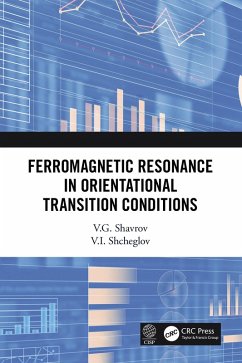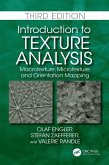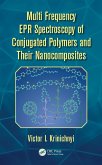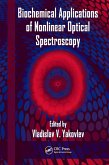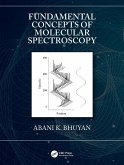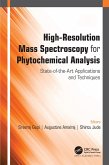This book examines magnetic resonance and ferromagnetic resonance under a wide variety of conditions to study physical properties of magnetodielectric materials. The authors explore the properties in various mediums that significantly complicate magnetic resonance and provide a summary of related advances obtained during the last two decades. It also covers the emergence of new branches of the spectrum and anomalous dependencies on the magnetic field.
Key Features:
- Reviews basic principles of the science of crystallographic symmetry and anisotropic solid-state properties
- Addresses the inhomogeneous nature of the distribution of the magnetization in the material being studied
- Explains the mathematic methods used in the calculation of anisotropic solids of a solid
- Provides the reader with a path to substitute electromagnetic waves when magnetostatic apparatus prove insufficient
Dieser Download kann aus rechtlichen Gründen nur mit Rechnungsadresse in A, B, BG, CY, CZ, D, DK, EW, E, FIN, F, GR, HR, H, IRL, I, LT, L, LR, M, NL, PL, P, R, S, SLO, SK ausgeliefert werden.

